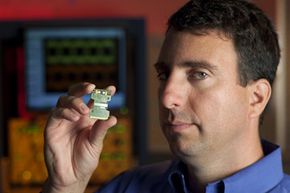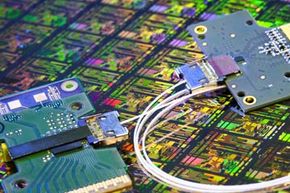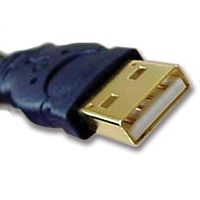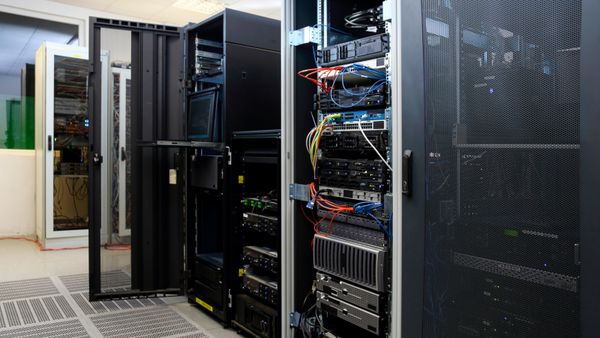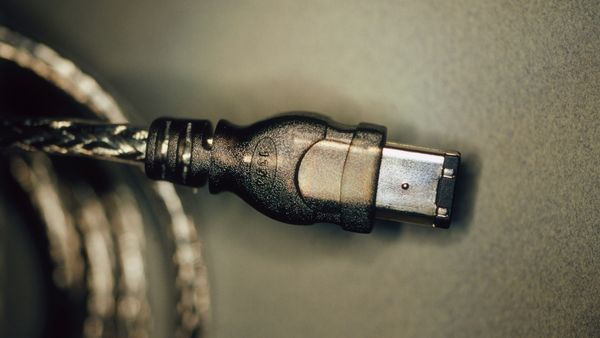If you were to grab a computer from the late 1980s, another from the late 1990s and one from today and put them side by side, you'd see that over the years we've used a lot of different ports for peripherals. Older computers have special ports just for accessories like keyboards, mice, printers and monitors. With older computers, you'd also have to install a special computer card on the motherboard if you wanted to add other peripherals like joysticks and gamepads.
Then came the Universal Serial Bus, or USB, standard. While USB didn't eliminate all special ports, it did cut down their number. Today, peripherals like keyboards, mice, printers and webcams are available as USB accessories. The ports are hot-pluggable, meaning you can connect or disconnect them at any time. They're also interchangeable in that you don't always have to plug each device into a specific USB port. But USB has its limitations.
Advertisement
One of those limitations is speed. The USB 2.0 standard transmits data at 480 megabits per second (Mbps). That's fast enough for accessories like keyboards and mice to work smoothly but not fast enough for high-bandwidth accessories like computer monitors. The USB 3.0 standard increases the speed to 4.8 gigabits per second (Gbps), which is 10 times faster than USB 2.0, but the computer industry has been slow to adopt USB 3.0.
Intel has its own answer to transferring data at high speeds using a standardized format. It's called Light Peak. Intel representatives say it has the potential to transmit data at more than 20 times the speed of USB 3.0. And as the name suggests, it will do this through the medium of light.
Advertisement
